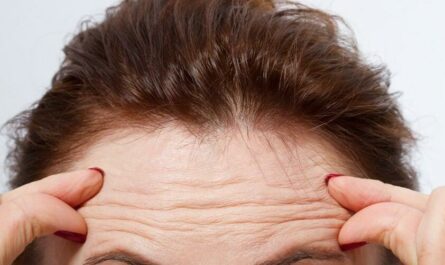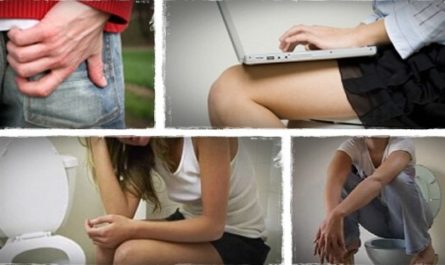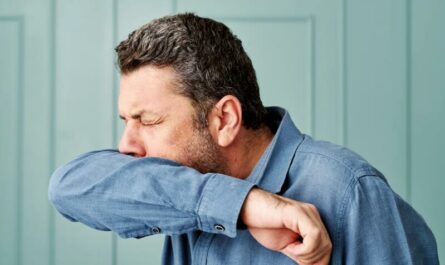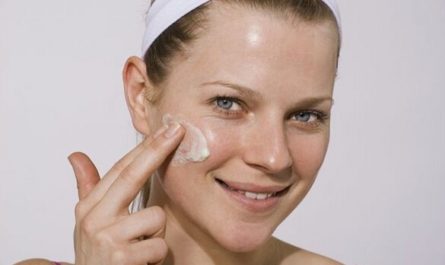Earwax, also known as cerumen, is a natural substance produced by the body to protect the ear canal from dust, debris, and bacteria. While earwax is generally beneficial, it can sometimes accumulate and cause a blockage. This can lead to discomfort, hearing difficulties, and other symptoms. If you suspect you have an earwax blockage, there are several safe and effective methods you can try at home to remove the excess wax. In this comprehensive guide, we’ll discuss how to safely remove an earwax blockage at home.
What is Earwax and Why is it Important?
Before diving into the causes and treatments for earwax blockages, it’s essential to understand the role of earwax in maintaining ear health. Earwax is a waxy substance secreted by glands in the ear canal. Its primary functions include:
- Lubrication: Earwax helps keep the skin in the ear canal moisturized and prevents it from becoming dry and itchy.
- Protection: The sticky texture of earwax helps trap dust, dirt, and other debris, preventing them from reaching and potentially damaging the eardrum.
- Antibacterial properties: Earwax contains enzymes that help fight off bacteria and fungi, reducing the risk of ear infections.
Normally, earwax migrates out of the ear canal naturally through jaw movements such as chewing and talking. This process, known as the “conveyor belt” mechanism, helps maintain a healthy balance of earwax in the ear canal.
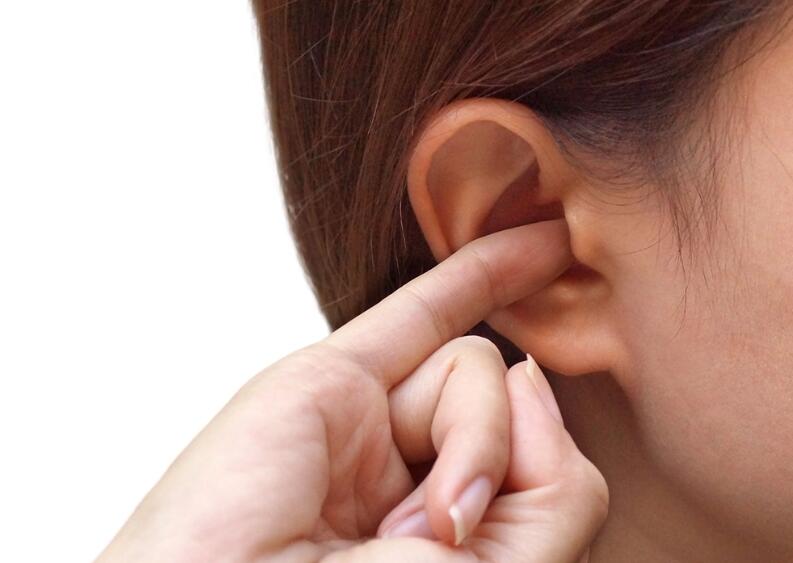
Symptoms of an Earwax Blockage
If you have an earwax blockage, you may experience one or more of the following symptoms:
- Earache or pain: The buildup of earwax can put pressure on the eardrum and surrounding tissues, causing discomfort or pain.
- The feeling of fullness in the ear: An earwax blockage can create a sensation of fullness or pressure in the affected ear.
- Decreased hearing or muffled hearing: Excess earwax can obstruct the ear canal and interfere with sound waves reaching the eardrum, leading to temporary hearing loss or muffled hearing.
- Tinnitus (ringing in the ear): In some cases, an earwax blockage can cause tinnitus, which is a perception of ringing, buzzing, or other sounds in the ear without an external source.
- Dizziness: Rarely, an earwax blockage can stimulate the vagus nerve, which may cause dizziness or vertigo.
- Itching in the ear canal: The presence of excess earwax can cause itching or irritation in the ear canal.
- Odor coming from the ear: In some cases, an earwax blockage may be accompanied by an unpleasant odor due to bacterial growth or infection.
- Coughing: Rarely, an earwax blockage can stimulate the vagus nerve, which may trigger a cough reflex.
If you experience severe pain, drainage from the ear, or sudden hearing loss, consult a healthcare provider immediately, as these may be signs of a more serious condition, such as an ear infection or a perforated eardrum.
What Causes Earwax Blockages?
Earwax blockages can occur for a variety of reasons, including:
1. Excessive Production
Some individuals naturally produce more earwax than others. This overproduction can quickly lead to blockages if the earwax isn’t removed efficiently. Factors such as diet, stress, and genetics can influence the amount of earwax produced. Regular cleaning and monitoring can help manage this condition.
2. Narrow or Hairy Ear Canals
People with narrow or particularly hairy ear canals face a higher risk of earwax blockage. The narrow passageways make it difficult for the earwax to naturally exit the ear, while hair can trap earwax, preventing it from migrating out. In these cases, earwax can accumulate and harden, leading to blockages.
3. Aging
As individuals age, the consistency of earwax changes, often becoming drier and harder. This change in texture can impede the natural migration of earwax out of the ear canal, leading to accumulation and blockage. Older adults may need to pay closer attention to their ear health and seek professional cleaning more frequently.
4. Ear Canal Obstructions
Physical obstructions within the ear canal, such as bony growths (osteomas or exostoses) or the presence of skin conditions like eczema, can lead to impacted earwax. These obstructions can block the natural pathway of earwax, causing it to build up and potentially lead to blockages.
5. Misuse of Ear Cleaning Tools
The use of cotton swabs or other objects to clean the ear can often do more harm than good. Instead of removing earwax, these tools can push it deeper into the ear canal, leading to impaction. This is one of the most common causes of earwax blockage and can easily be avoided by using safer ear-cleaning methods.
6. Hearing Aids and Earplugs
Regular use of hearing aids and earplugs can prevent earwax from naturally exiting the ear canal. These devices can push earwax back into the canal or trap it, leading to accumulation and blockage. Individuals who frequently use these devices should regularly check their ears for signs of wax buildup and consider professional cleaning to prevent blockages.

Safe Methods for Removing Earwax at Home
If you suspect you have an earwax blockage, there are several safe and effective methods you can try at home to remove the excess wax. It’s important to note that these methods should only be used if you do not have any pre-existing ear conditions.
1. Soften the earwax with oil
One of the easiest and most effective ways to remove an earwax blockage is to soften the wax using oil. The oil helps to lubricate the ear canal and break down the hardened wax, making it easier to remove. You can use various oils, such as:
- Baby oil
- Coconut oil
- Glycerin
- Mineral oil
- Olive oil
To use oil for earwax removal:
If desired, slightly warm the oil to body temperature to make it more comfortable. You can do this by placing the bottle of oil in a bowl of warm water for a few minutes.
- Lie on your side with the affected ear facing up.
- Using a dropper, place a few drops of the oil into the ear canal.
- Gently massage the outside of the ear, near the base of the ear canal, to help the oil work its way down the canal.
- Remain lying down for 10-15 minutes to allow the oil to soften the wax.
- Sit up and wipe away any excess oil that drains from the ear with a clean cloth or tissue.
- Repeat this process once or twice daily for a few days until the earwax blockage clears.
It’s important to note that while using oil is generally safe, some people may experience mild side effects such as temporary itching or discomfort in the ear canal. If you experience severe pain or irritation, discontinue use and consult a healthcare provider.
2. Irrigate the ear canal
Another safe method for removing earwax at home is to irrigate the ear canal using a rubber bulb syringe. This method involves gently rinsing the ear canal with warm water to help dislodge and flush out the excess wax. Here’s how to do it:
Fill a rubber bulb syringe with warm water (body temperature). You can check the temperature of the water by placing a few drops on the inside of your wrist – it should feel warm, not hot.
- Tilt your head so the affected ear is facing upward.
- Gently pull your outer ear upward and backward to straighten the ear canal. This will help the water flow more easily into the canal.
- Squeeze the bulb syringe to direct a stream of warm water into the ear canal. Aim the water along the side of the canal, not directly at the eardrum.
- Allow the water to drain out of the ear, catching it with a towel or basin.
- Repeat the process several times until the earwax blockage is removed and the water runs clear.
- Dry your outer ear with a clean towel.
It’s important to use only clean, warm water for irrigation and to avoid using too much force, as this can damage the delicate tissues in the ear canal. If you experience pain or dizziness during the irrigation process, stop immediately and consult a healthcare provider.
3. Use over-the-counter earwax removal drops
There are several over-the-counter earwax removal drops available that can help soften and dissolve earwax blockages. These drops typically contain ingredients like carbamide peroxide, glycerin, or mineral oil, which work to break down the hardened wax. Some popular brands include Debrox, Murine, and Colace.
To use earwax removal drops:
- Lie on your side with the affected ear facing up.
- Place the recommended number of drops into the ear canal, as directed on the product label.
- Remain lying down for 5-10 minutes to allow the drops to work their way into the ear canal and soften the wax.
- Sit up and wipe away any excess solution that drains from the ear with a clean cloth or tissue.
- Gently flush the ear with warm water using a rubber bulb syringe, as described in the previous section, to remove the loosened wax.
- Dry your outer ear with a clean towel.
- Repeat the process as directed on the product label, usually once or twice daily for a few days.
Always follow the instructions on the product label carefully and consult a healthcare provider if you have any concerns or if the earwax blockage persists after using the drops as directed.
4. Try the Valsalva maneuver
The Valsalva maneuver is a technique that can sometimes help dislodge an earwax blockage by equalizing pressure in the ear canal. This method should only be attempted if you do not have any pre-existing ear conditions or a history of ear problems. Here’s how to perform the Valsalva maneuver:
- Take a deep breath and pinch your nostrils closed with your fingers.
- Close your mouth and gently blow out, as if you were trying to blow up a balloon. You should feel a slight pressure in your ears.
- Release your nostrils and exhale through your mouth.
If the earwax blockage is not too severe, the increased pressure from the Valsalva maneuver may help push the wax out of the ear canal. However, if you experience pain or discomfort while performing this technique, stop immediately and consult a healthcare provider.
How to Prevent Earwax Blockages?
To help prevent earwax blockages from occurring in the first place, follow these tips:
- Avoid using cotton swabs, bobby pins, or other objects to remove earwax, as this can push the wax deeper into the ear canal and cause damage to the eardrum or canal walls.
- If you wear hearing aids or earplugs, clean them regularly according to the manufacturer’s instructions and replace them as needed to prevent wax buildup.
- When showering or bathing, use a washcloth to gently clean the outer part of the ear canal, but avoid inserting anything into the canal itself.
- Use earplugs or a swim cap when swimming to prevent water from entering the ear canal and contributing to earwax buildup.
- If you’re prone to earwax blockages, consider using a few drops of mineral oil, olive oil, or glycerin in your ears once a week to help keep the wax soft and prevent buildup.
- Maintain good overall ear hygiene by washing your ears regularly with soap and water, and drying them thoroughly afterward.
When to See a Doctor?
While the above methods are generally safe and effective for removing earwax blockages at home, there are some situations in which you should seek professional medical help:
- If you experience severe pain, drainage, or bleeding from the ear, as these may be signs of an ear infection or injury.
- If you suspect you have a perforated eardrum, which can cause sudden hearing loss, ringing in the ear, or dizziness.
- If you have a history of ear surgery or have tubes in your ears, as attempting at-home earwax removal methods may cause damage.
- If you have diabetes or a weakened immune system, as you may be more susceptible to ear infections.
- If home remedies do not successfully remove the earwax blockage after a few days of trying, or if the blockage keeps recurring.
Your healthcare provider can safely remove the excess earwax using specialized tools and techniques, such as a curette (a small, curved instrument), suction, or irrigation with a water pick. They may also prescribe eardrops or other medications to help soften the wax and prevent future blockages.

